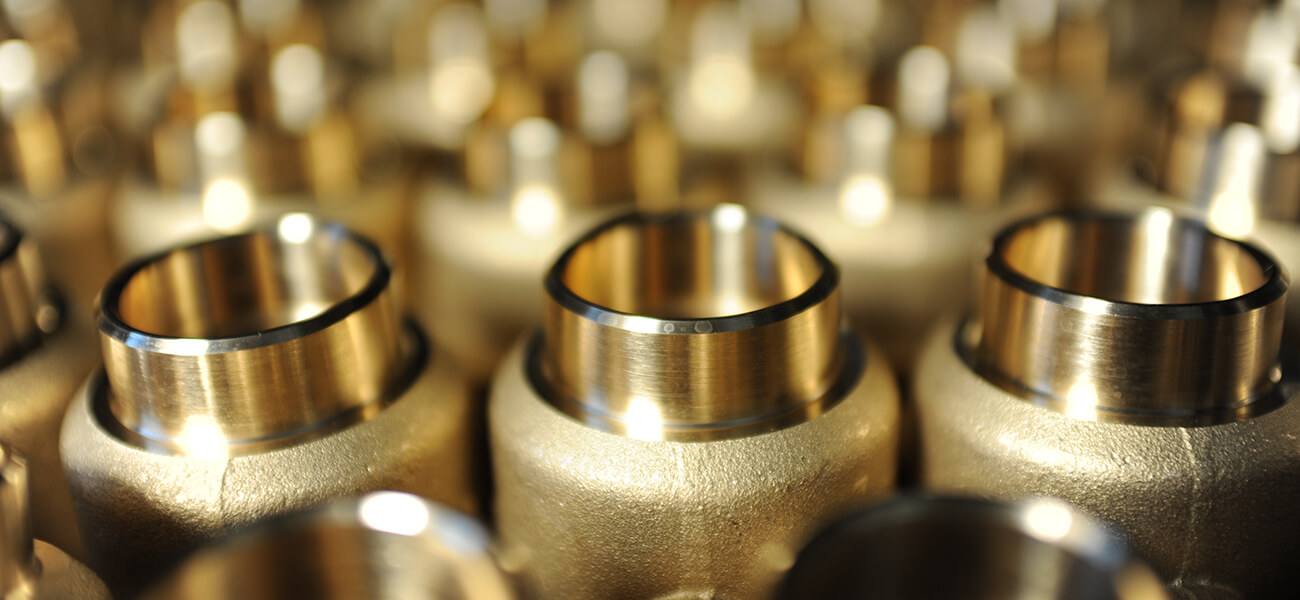
12 Sep Heat treatments: why they are essential
Machining copper alloys, such as brass, can be a complex and challenging process.
However, there are effective methods to improve the machinability and mechanical properties of this alloy, both in hot and cold conditions.
These mainly include structure heat treatments.
What are heat treatments?
Heat treatments are thermal processes carried out under certain conditions, temperatures and times, with the aim of giving the material crystalline structures that give it certain mechanical characteristics in molecular structure.
In the case of brass, an alloy of copper and zinc, heat treatments are very important for cold machinability and mechanical strength.
This is why at Moval we have chosen to use two types of heat treatment that are very important and decisive on the mechanical and technological characteristics of Cu Zn brass: annealing and stress relieving.
Annealing
Annealing is a heat treatment used to reduce or eliminate microstructural alterations caused by deformation of the part, thus improving its ductility.
The use of this treatment is particularly important for components used in sectors such as plumbing, all gases, refrigeration and automotive, where parts have complex conformations that are decisive for application and use.
Stress relieving
The purpose of this heat treatment is to reduce residual stresses in the material, without however significantly affecting its properties.
Stress-relieving heat treatment reduces or eliminates residue of structural tension usually caused on the material as a result of plastic deformation, abrupt solidification or welding heat treatment.
In this way we are able to reduce or eliminate tensions with sufficient intensity that can lead to cracking due to tension-corrosion.
Conclusions
Our goal is to make customised brass components according to customers’ specifications and able to perfectly integrate into their final product, avoiding any inaccuracies during assembly.
That is why at Moval we use a combination of heat treatments such as annealing and stress relieving to ensure maximum reliability and strength of the component and effectively support your engineering department in optimising the production process.




